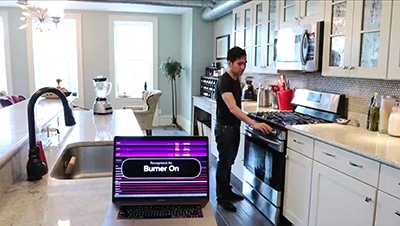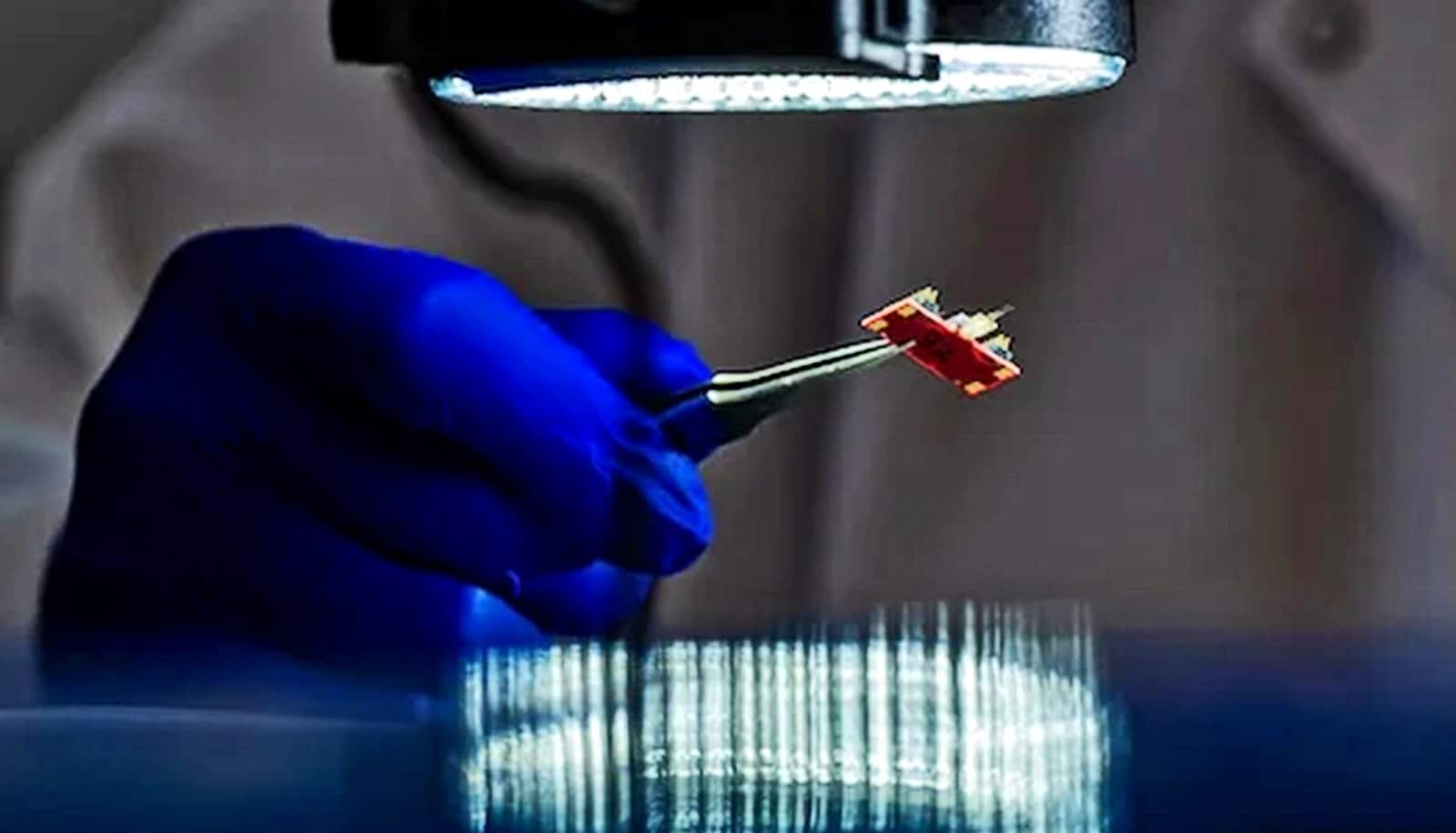Researchers have developed a single device that, when plugged in to a power socket, can make any room a “smart” part of the Internet of Things.
The plug-in sensor package they’ve developed monitors multiple phenomena in a room, including things such as sounds, vibration, light, heat, electromagnetic noise, and temperature.
With help from machine learning techniques, this suite of sensors can determine whether a faucet’s left or right spigot is running, if the microwave door is open, or how many paper towels have been dispensed.
One device, nine sensors
“The idea is you can plug this in and immediately turn a room into a smart environment,” says Gierad Laput, a doctoral student in Carnegie Mellon University’s Human-Computer Interaction Institute (HCII).
“You don’t have to go out and buy expensive smart appliances, which probably can’t talk to each other anyway, or attach sensors to everything you want to monitor, which can be both hard to maintain and ugly. You just plug it in to an outlet.”
It’s an approach that Laput and his coinvestigators in the HCII’s Future Interfaces Group call “Synthetic Sensors,” because the raw feeds from the unit’s nine sensors can be combined and interpreted in ways that can sense dozens of phenomena of interest. They presented their findings on Wednesday, May 10 at the Conference on Human Factors in Computing Systems, in Denver.
Laput and his colleagues built their platforms with sensors used in other commonly available smart home devices—with the exception of a camera, which raises privacy concerns.
Cheap tags add paper to the Internet of Things
Machine learning algorithms can combine these raw feeds into powerful synthetic sensors that can identify a wide range of events and objects. For instance, they can distinguish between a blender, coffee grinder, and mixer based on sounds and vibrations. Even soft, more subtle sounds, such as writing or erasing on a whiteboard, can be detected.
Beyond recording whether a device is in use or not, synthetic sensors can track the state of a device: whether a microwave door is open or closed, if cooking is interrupted, and whether the microwave has completed its cooking cycle.
“It can not only tell you if a towel dispenser is working, but it can also keep track of how many towels have been dispensed and even order a replacement roll when necessary,” Laput says. A faucet left running when a room is unoccupied for a long time might prompt a warning message to the user’s smartphone.

More than the microwave
Even more advanced sensing can infer human activity, such as when someone is sleeping, showering, watching streaming video, or has left home for work. Most of this processing occurs on the sensor platform itself, so detailed and sensitive data need not be transmitted or recorded, he adds.
The sensor platform can be manually trained to recognize various phenomena, such as the cycling of water heaters or heating and air conditioning units.
Tiny WiFi radio could get us closer to Internet of Things
It also would be possible to pretrain the sensors to detect many popular devices and brands of home or office products, allowing the sensor platform to begin functioning as soon as it is plugged in, Laput says.
Plugging the units into a regular electric socket eliminates the need for batteries or special wiring. As a practical matter, each room likely will need its own sensor platform, though it would be possible to have each sensor platform communicate with other nearby sensors to create a home-wide sensing environment with just a few sensors, not hundreds.
Google, through the GIoTTo Expedition Project, supported this research, as did the David and Lucile Packard Foundation. For more information about Synthetic Sensors, visit the project website.
Source: Carnegie Mellon University



